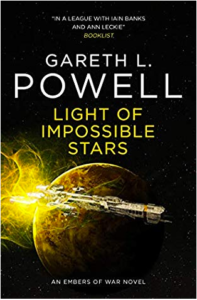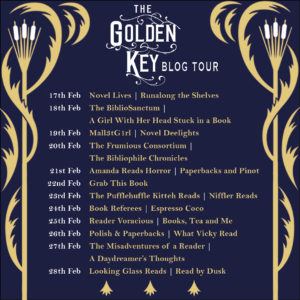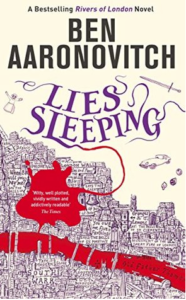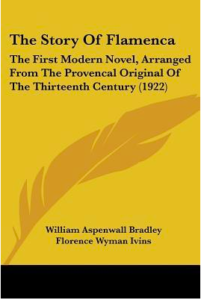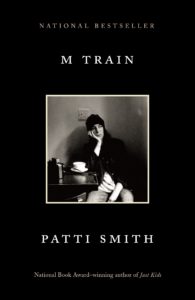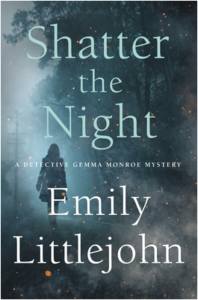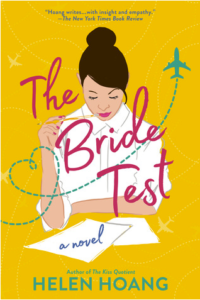Q. Every book has its own story about how it came to be conceived and written as it did. How did The Golden Key evolve?
A. The story emerged, oddly enough, in California while I was attending the Clarion Workshop. It was the story I wrote to be workshopped the week when Catherynne Valente was teaching us. I got a lot of useful feedback there. Then I decided to develop it as a novel for my Cambridge University Creative Writing master degree. It was a slow process, we’re talking years, in which scenes and characters and events fell into place. But I have always known that I wanted to write about Norfolk, a place I have a lot of conflicting emotions about.
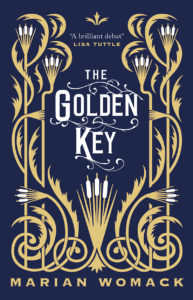 Q. The Golden Key is a novel that seems very much inspired by a sense of place, in this case the mysterious fenlands of England. How would you describe your relationship with this particular geography and what spurred you to write about it?
Q. The Golden Key is a novel that seems very much inspired by a sense of place, in this case the mysterious fenlands of England. How would you describe your relationship with this particular geography and what spurred you to write about it?
A. I went first to Norfolk in the early 2000s, and the impressions and emotions that the place inspired have been difficult to shake. I have never felt so much that I was in a place that was haunted, where getting lost would be easy. I think that was where I first learnt of the expression “being pixie-led”. As it happens, we almost lost our sense of direction when a cloudy mist descended over the Fens. That first moment of indeterminacy has stayed with me all these years, and I still think of East Anglia as a place that could be a portal to another realms. My husband’s family comes from that part of the world, so we live very nearby, in Cambridgeshire, and it is still a place that occupies a large portion of our imaginary,
Q. Helena Walton-Cisneros was my favorite character in the novel, and her wry observations regarding the sexism of the time really resonated with me as a feminist. Without trying to narrow your range, do you ever find yourself writing with a particular audience in mind? Are there any particular audiences you hope will connect with this story?
A. I write mostly for myself, I write the kind of story that I would like to read as a reader, and that would make me satisfied. I think writing for an audience is probably not a good idea.

